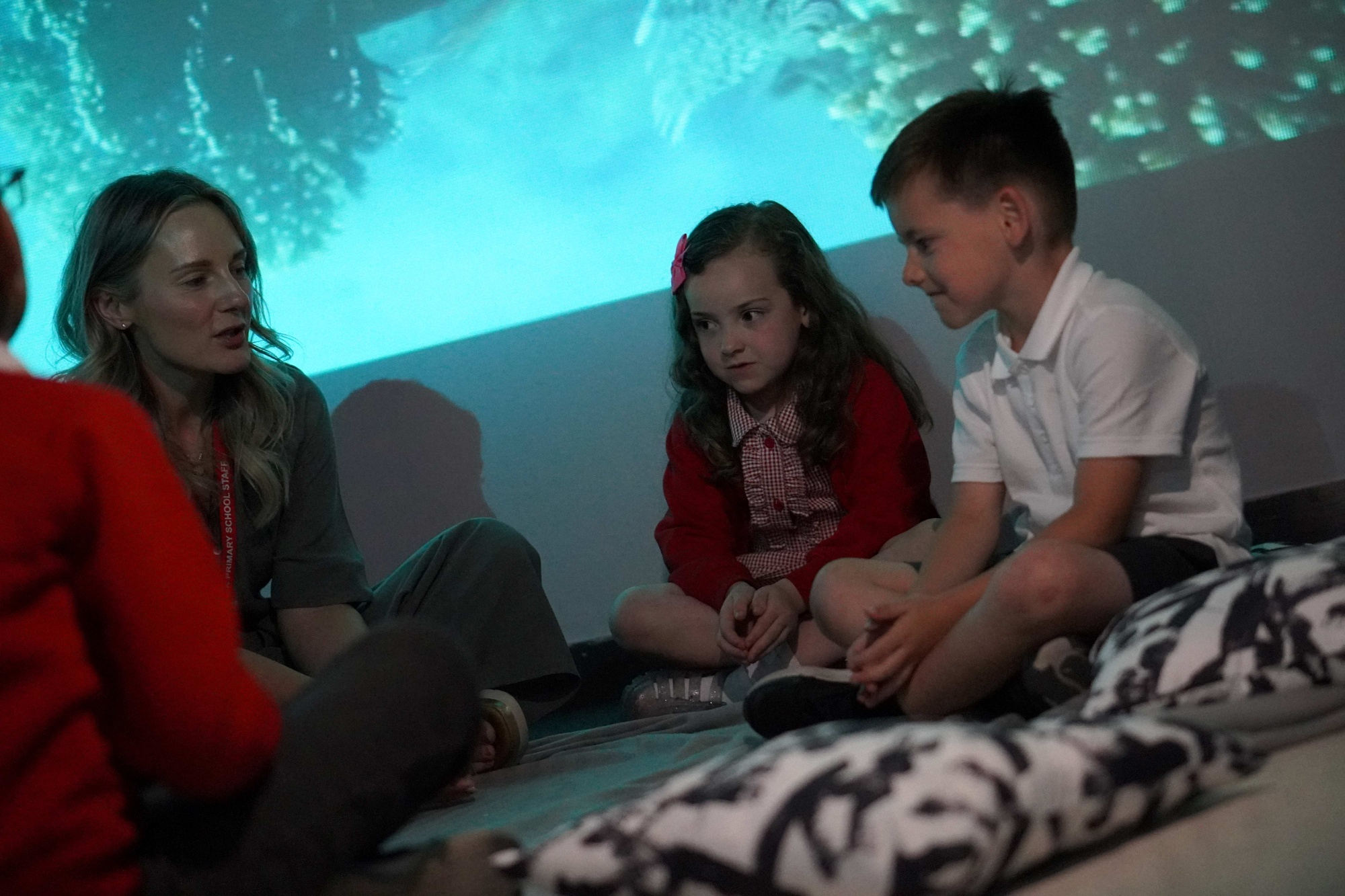Design & Technology: Innovating for the Future
Our high-quality Design and Technology curriculum provides children with the foundations to understand the influence of design and technology in the modern world. It enables them to develop the creative and technical expertise needed to perform everyday tasks confidently and to meet the design and technology challenges of today and the future. Children create products through a research, design, and making process, allowing them to integrate their own ideas while learning key aspects of the discipline. We also offer excellent enrichment, such as focus days and extra-curricular clubs, to boost their knowledge.
Our Aims:
Our Design Technology curriculum is designed to meet National Curriculum requirements, promoting continuity and progression through inspiring projects that enable pupils to:
- Develop creative, technical, and practical expertise for everyday tasks and a technological world.
- Understand how significant designers have brought about change and their influence.
- Build and apply knowledge, understanding, and skills to design and make high-quality prototypes and products.
- Critique, evaluate, and test their ideas, products, and the work of others.
- Understand and apply key principles of nutrition and cooking.
SUBJECT CONTENT
Key Stage 1:
When designing and making, pupils will be taught to:
- Design: Create purposeful, functional, appealing products based on design criteria, generating and communicating ideas through talking, drawing, templates, mock-ups, and ICT. They will use understanding of significant designers to aid their own work.
- Make: Select and use a range of tools, equipment (cutting, shaping, joining, finishing), and materials (construction, textiles, ingredients) effectively.
- Evaluate: Explore and evaluate existing products and designers' work, evaluating their own products against criteria.
- Technical Knowledge: Build structures, exploring how to make them stronger, stiffer, and more stable; explore and use mechanisms (levers, sliders, wheels, axles).
- Cooking and Nutrition: Use basic principles of a healthy diet to prepare dishes; understand where food comes from.
Key Stage 2:
When designing and making, pupils will be taught to:
- Design: Use research and design criteria for innovative, functional, appealing products for specific users, generating and communicating ideas through discussion, annotated sketches, diagrams, prototypes, and CAD. They will draw on significant designers' concepts.
- Make: Select and use a wider range of tools, equipment (cutting, shaping, joining, finishing) accurately, and materials (construction, textiles, ingredients) based on functional and aesthetic properties.
- Evaluate: Investigate and analyse existing products, evaluate their own ideas and products against criteria, consider others' views for improvement, and understand how key events/individuals in D&T shaped the world.
- Technical Knowledge: Apply understanding of strengthening, stiffening, and reinforcing complex structures; understand and use mechanical systems (gears, pulleys, cams, levers, linkages); understand and use electrical systems (series circuits, switches, bulbs, buzzers, motors); apply computing knowledge to program, monitor, and control products.
- Cooking and Nutrition: Understand and apply healthy diet principles; prepare and cook a variety of savoury dishes using a range of techniques; understand seasonality and food origins.
- CAD: Apply understanding of computing to program, monitor, and control their products.


